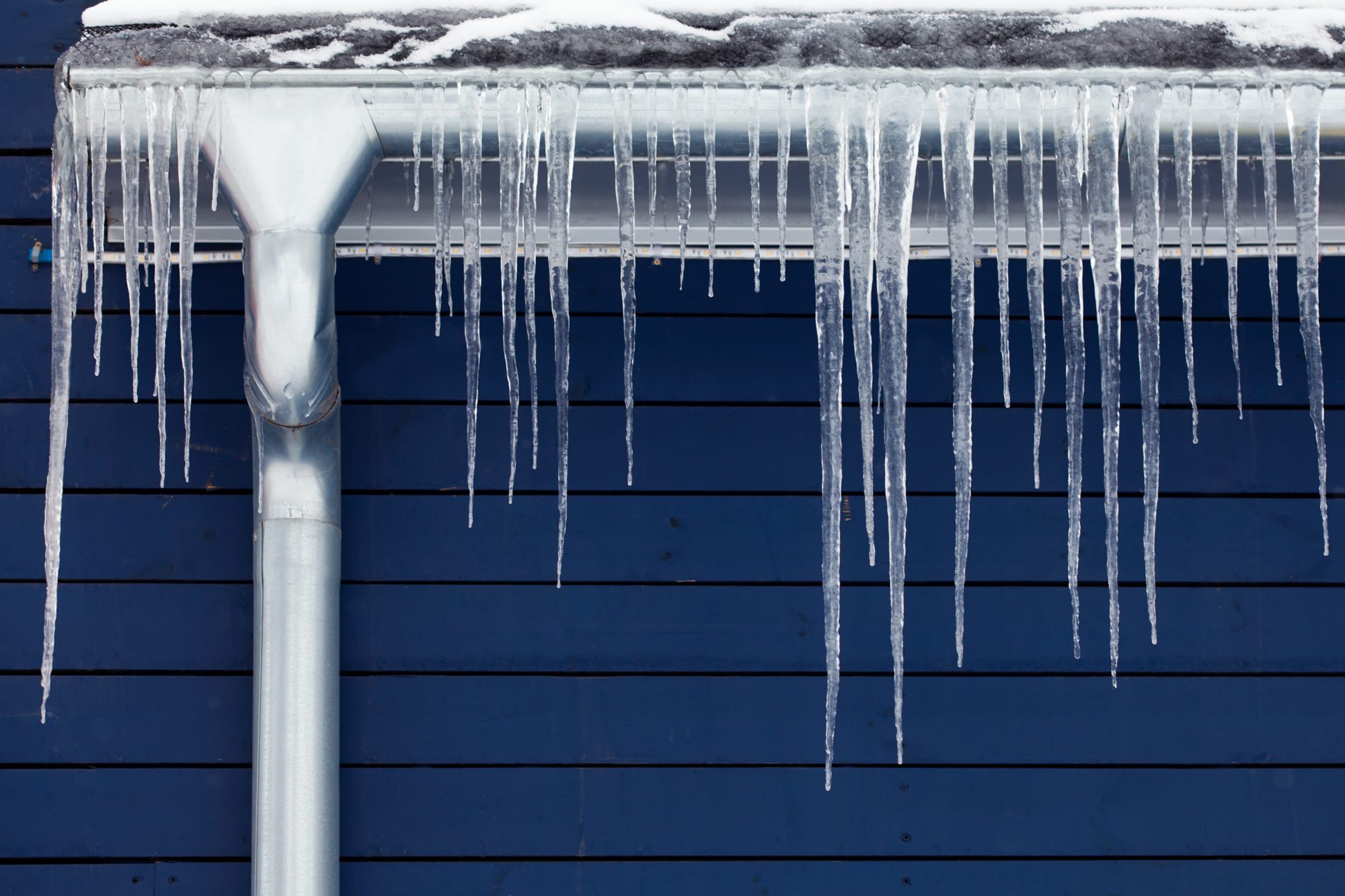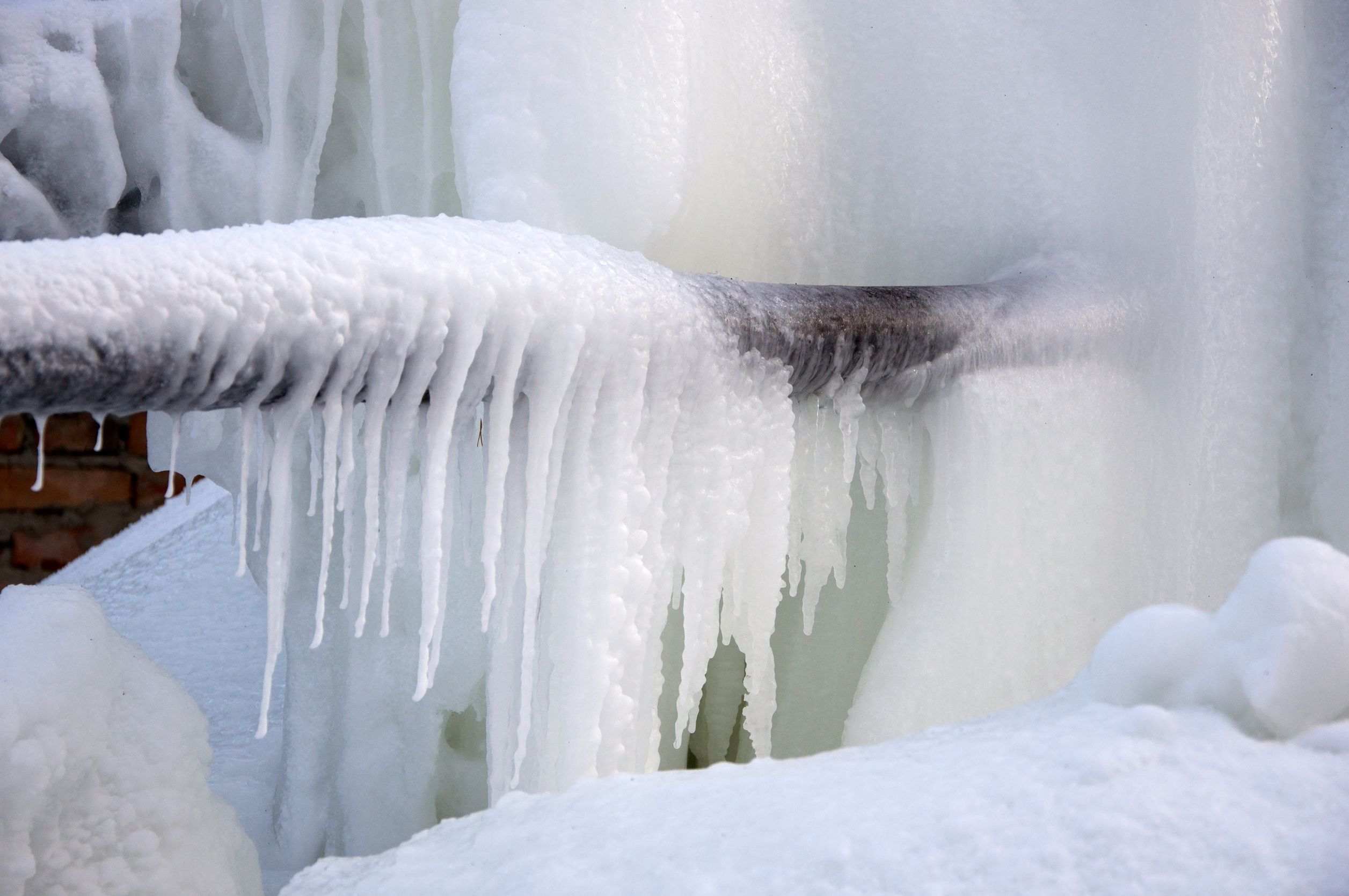Tips for Preventing Frozen Pipes in Winter: Professional Insights
Tips for Preventing Frozen Pipes in Winter: Professional Insights
Blog Article
This great article below about How to Prevent Your Pipes From Freezing is fairly captivating. You should take a peek.

Winter can damage your plumbing, particularly by freezing pipes. Right here's how to stop it from occurring and what to do if it does.
Intro
As temperatures decline, the risk of icy pipes rises, potentially bring about expensive fixings and water damage. Recognizing just how to stop frozen pipes is important for home owners in cool climates.
Avoidance Tips
Insulating prone pipelines
Wrap pipes in insulation sleeves or make use of warmth tape to safeguard them from freezing temperature levels. Concentrate on pipelines in unheated or external areas of the home.
Heating methods
Maintain interior areas adequately warmed, specifically areas with pipes. Open cupboard doors to enable cozy air to distribute around pipelines under sinks.
Just how to recognize frozen pipelines
Try to find reduced water circulation from taps, uncommon odors or sounds from pipelines, and visible frost on exposed pipelines.
Long-Term Solutions
Architectural changes
Think about rerouting pipes far from exterior wall surfaces or unheated locations. Add extra insulation to attic rooms, cellars, and crawl spaces.
Updating insulation
Invest in high-grade insulation for pipes, attics, and walls. Correct insulation helps preserve constant temperature levels and decreases the risk of icy pipelines.
Safeguarding Outside Pipes
Garden hoses and outside taps
Detach and drain yard hoses before wintertime. Mount frost-proof faucets or cover outside faucets with protected caps.
Recognizing Frozen Pipes
What triggers pipelines to freeze?
Pipes freeze when subjected to temperatures below 32 ° F (0 ° C) for expanded durations. As water inside the pipelines freezes, it increases, taxing the pipe wall surfaces and potentially creating them to rupture.
Threats and problems
Frozen pipes can bring about water disruptions, building damages, and pricey fixings. Ruptured pipelines can flooding homes and create comprehensive structural damage.
Indicators of Frozen Pipeline
Determining icy pipelines early can stop them from rupturing.
What to Do If Your Pipelines Freeze
Immediate activities to take
If you think icy pipes, keep faucets open to soothe pressure as the ice melts. Utilize a hairdryer or towels soaked in warm water to thaw pipes gradually.
Conclusion
Preventing frozen pipes calls for aggressive steps and fast responses. By understanding the causes, indications, and safety nets, homeowners can secure their plumbing throughout cold weather.
5 Ways to Prevent Frozen Pipes
Drain Outdoor Faucets and Disconnect Hoses
First, close the shut-off valve that controls the flow of water in the pipe to your outdoor faucet. Then, head outside to disconnect and drain your hose and open the outdoor faucet to allow the water to completely drain out of the line. Turn off the faucet when done. Finally, head back to the shut-off valve and drain the remaining water inside the pipe into a bucket or container. Additionally, if you have a home irrigation system, you should consider hiring an expert to clear the system of water each year.
Insulate Pipes
One of the best and most cost-effective methods for preventing frozen water pipes is to wrap your pipes with insulation. This is especially important for areas in your home that aren’t exposed to heat, such as an attic. We suggest using foam sleeves, which can typically be found at your local hardware store.
Keep Heat Running at 65
Your pipes are located inside your walls, and the temperature there is much colder than the rest of the house. To prevent your pipes from freezing, The Insurance Information Institute suggests that you keep your home heated to at least 65 degrees, even when traveling. You may want to invest in smart devices that can keep an eye on the temperature in your home while you’re away.
Leave Water Dripping
Moving water — even a small trickle — can prevent ice from forming inside your pipes. When freezing temps are imminent, start a drip of water from all faucets that serve exposed pipes. Leaving a few faucets running will also help relieve pressure inside the pipes and help prevent a rupture if the water inside freezes.
Open Cupboard Doors
Warm your kitchen and bathroom pipes by opening cupboards and vanities. You should also leave your interior doors ajar to help warm air circulate evenly throughout your home.

I am just very excited about Preventing and dealing with frozen pipes and I am assuming you appreciated my post. I beg you take a moment to promote this blog post if you enjoyed it. Thanks a lot for your time. Kindly come visit our site back soon.
This Post Report this page